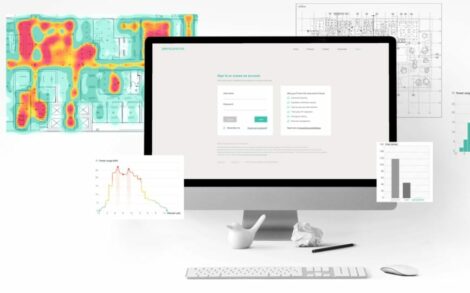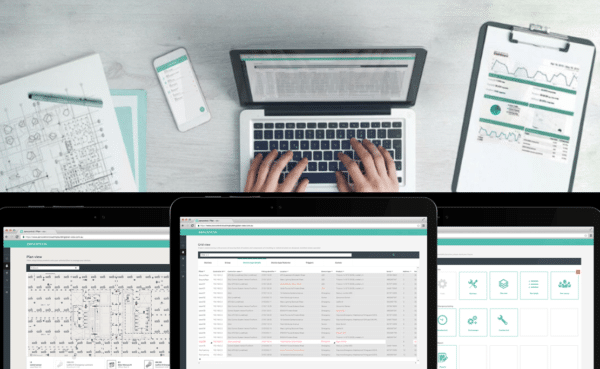While we grapple to live “life as normal” under COVID-19, there is no doubt that as well as immense challenges, this decade brings with it a huge leap forward in digital innovation.
The ever-widening range of building technology will transform the way “smart buildings” operate. Systems will become simplified and less expensive via cloud technology. Wireless solutions will allow the retrofit of older sites to allow any building to smarten up. Improved software will enable more comprehensive analytics, and smart buildings will literally be able to report on themselves! The headaches of compliance should become a thing of the past.
In a world battling with coronavirus, having staff travel from site to site for compliance testing can pose a real risk, particularly for residential care or independent living facilities for the elderly or more vulnerable. Moving to an IoT solution will reduce site visits significantly. Manual compliance testing is a multi-step process whereas a ‘cloud’ solution reduces this to a single step – the only visit necessary being to physically replace failed lighting ballasts or similar. Everything else: collection and administration of data, monitoring and testing of equipment, reporting and supply of building analytics, reporting of faults to appropriate service personnel, re-testing after maintenance; these are all managed via IoT.
Moving building technology into the world of IoT brings multiple advantages:
Flexibility
You can demand a system that will not lock you into a static installation and the associated limitations. With DALI-2 technology (now adopted as the AU/NZ standard for lighting control) and utilising the innovative zencontrol system that we recommend, you can add on, or turn off features at any time. Such features include power monitoring, heat maps, occupancy mapping, and much much more.
 Management
Management
Management of multiple sites, and allowing access by multiple users, becomes easy.
Sites can be managed simply and quickly from anywhere in the world. The cloud allows facility managers or site engineers to visualise, manage, and deploy, from a single user interface.
Multi-user technology allows simultaneous user access and thus better utilisation of resources.
Remote Commissioning and Maintenance
In many instances, systems can be commissioned remotely with no need for a controls engineer to even visit site. Additionally changes to the building operation can be made remotely, and therefore at a much lower cost, without the need for a time-consuming site visit.
The ability to commission critical sites without site visits became particularly valuable during periods of lockdown. A project commissioned by Intelligent Environments received Highly Commended in the recent DALI Lighting Awards was designed and commissioned under exactly these conditions. Read more
Wireless Technology
Most wireless networks struggle to provide a full bandwidth lighting control and rely on tricks and workarounds to achieve basic lighting control. For this reason, we have been reluctant to propose wireless technology to date.
However, with the release of zencontrol’s range of wireless lighting control products built using the Australian/New Zealand standard AS/NZS 62386-104, we can now offer a genuinely robust wireless solution that provides the same features, functionality, and reporting as is commonly found on traditional wired DALI networks, with no limitations.
We see this of great benefit in the upgrade of existing buildings to become smart. Additionally, zencontrol wired and wireless systems can work seamlessly together to create a fully functioning smart building with no compromises.
Want to know more?
If you’d like to know more about recent digital innovation in building technology, and what this could mean for your building, just give us a call. We’re always happy to chat.


